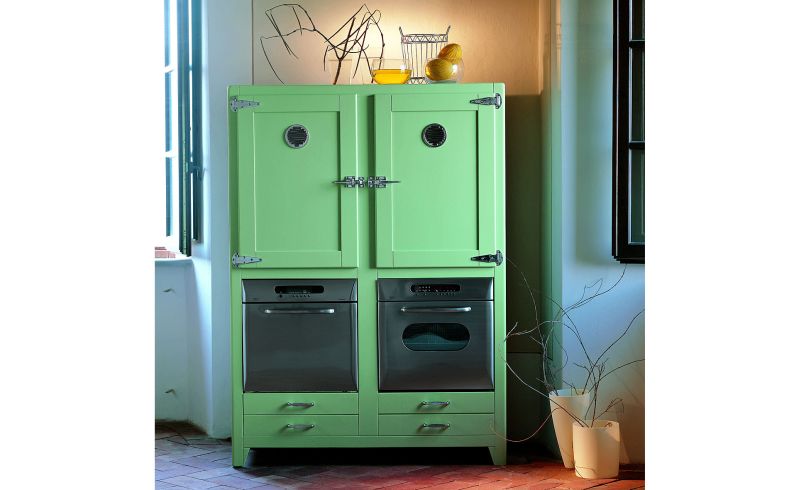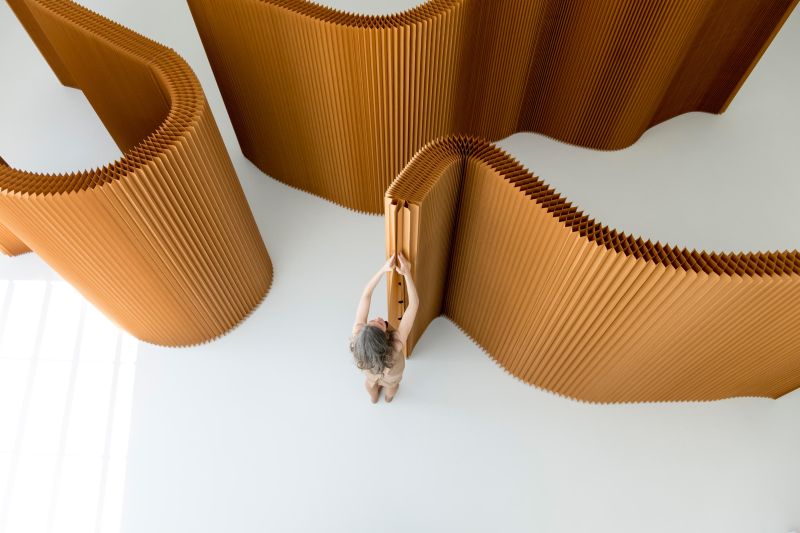Most of us tend to associate layering with something we do in winter. However, from fashion to interior design, layering is a concept that is widely misunderstood by many home owners. Like in fashion, layering is a trend which involves adding extra decorative elements to a room in order to create depth, texture and interest.
In addition to offering extra comfort, layering tends to offer a pleasing visual while hiding away eye sores cleverly. And layering is a trend that can be done at any time irrespective of the weather outside.
Tips on how to layer a room
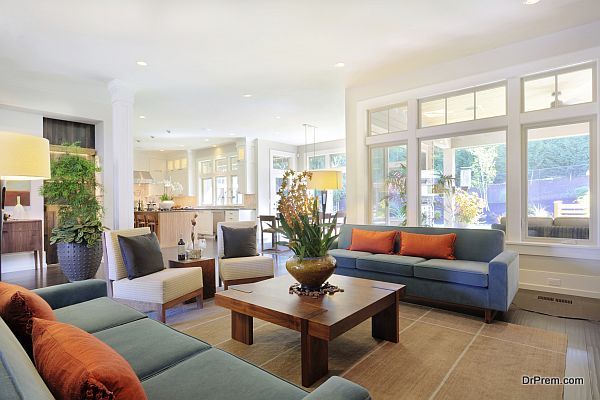
If you are new to layering, there are some essential pointers you need to note before tackling the project, including the ones given below.
- Identify the space’s primary function
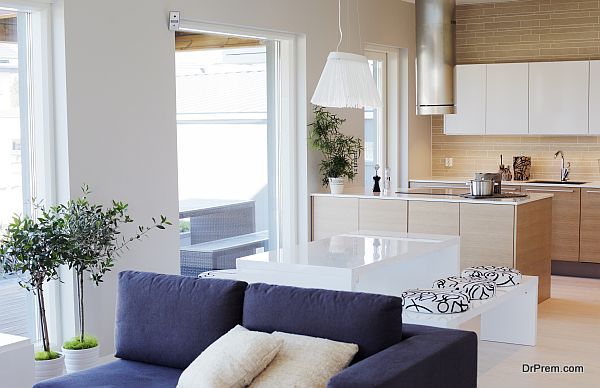
Function always comes first when layering a room. You will need to keep an eye out for the basic functionality of the space before deciding to layer it. Choose pieces that add to this functionality rather than hinder. For instance, an additional throw on a sofa in the living room will add the comfort level while a pair of uncomfortable antique chairs placed by its side will hardly get used and end up being a waste of money and space.
- Become a master at editing
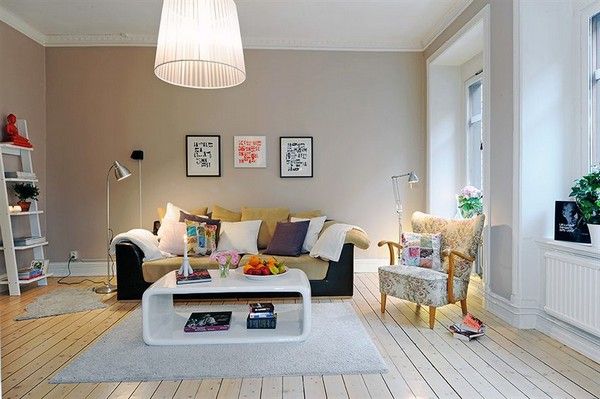
Although layering entails you to work with as many colors, scales, textures and patterns as you like, you need to be extremely careful of what you choose to go together. Some elements may look great together while others may create an eyesore.
So become a master at editing by placing together several layering pieces on the floor and working them around, removing pieces that don’t fit and adding pieces that do. Do this until you have come to an arrangement that looks great on the floor. It is only after this should be able to recreate this same layering look for the rest of the room.
- Choose one large scale pattern for a space
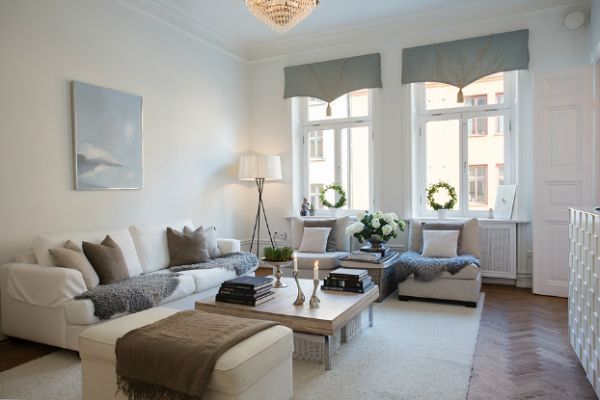
Layering entails working with patterns. More than once, you may be tempted to use more than a few large scale patterns in the same space. This can make the latter look crowded and uncomfortable. So stick to one large scale pattern and choose the others as medium or small scale patterns for best layering results.
- Choose only one statement item for a space
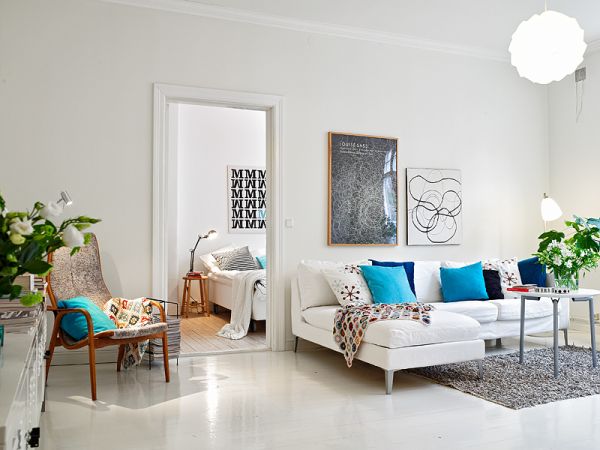
Although you may consider adding many statement pieces in a single room, it tends to spoil the distinctness of each piece, thus making the room look ordinary all over again. So opt for a single statement item that screams for attention the moment someone walks into the room. Use this statement item as the center piece and build your layers from there. It is not necessary that the layers match the piece perfectly. All they need to do is complement this item nicely.
Easy ways to add more layers to your room

Here are some quickies on how you can add more layers to your room in subtle and yet, effective manners.
- Rugs
Placing a pretty, patterned rug over a hardwood floor can offer a striking impact. You can also play around with more than one rug by placing a neutral rug on the floor and then topping it with a smaller, patterned one.
- Mirrors
In addition to offering the illusion of extra space and brightness, mirrors can enhance the layering effect to a great extent. Either a single floor mirror placed in the living room or a collection of them arranged on a wall can offer this effect to perfection.
- Pillows
Pillows are great for layering since they are available in so many shapes, colors, textures and patterns. Throwing together a couple of pillows in the room will add the necessary layering interest the latter needs for enhanced comfort.
Layering refers to adding more decorative elements to make a room look more comfortable and inviting. Layering also helps create an illusion of depth and interest in a space, making it look visually flattering to the eye.



